KEY WORDS
bending-active, actuation, stimuli, transformable, multiple states, structure, time, computational design, spring based modelling, finite element method
RESEARCH QUESTION
How can we integrate high bending deformations into design principles of transformable structures?
Research aims to investigate the capacity of spring-based modelling approach
to incorporate descriptions of material behavior and simulate bending with generative design process
ABSTRACT
Traditional design methods are usually based on rigid approaches that are independent from materiality, performance, and newfound capacities in computation. This research explores alternative design protocols involving experiments that can be performed with the intention of learning from behavioral and formal responses of manipulated matter, generating morphologies that are time based and can shapeshift according to a certain need or stimuli. The workflow is comprised of experimental methods based on tests of fluid matter with different viscosities in a specific environment while controlling parameters. Morphological features can be extracted, where growing three-dimensional curved geometries are identified as the main feature, deriving in formations with a high bending capacity. These formations relate to structural principles found in bending-active structures that have been further investigated, classified, and whose fundamental principles have been extracted. Contrary to conventional design methods, interdependency of form and material behavior necessitate a specific modelling approach. . This research investigates the capacity of spring-based modelling approach to incorporate descriptions of GFRP rods and an elastic membrane by simulating bending and enhancing transformational capacities of structures with bending components. Aggregation of components form a structure with multiple states of equilibrium that is proposed as an alternative solution for a performative, adaptive greenhouse in Almeria, Spain, where an environmental stimuli affects different states while structure being always in equilibrium.
Research operates on three scales of modelling and engagement. MICRO (component) scale investigates material properties of GFRP rods and how this type of bending active member works with elastic membrane, joinery and structural supports.
MESO (aggregation- building) scale explores the potential of aggregating components, gaining articulation and enclosure of the structure and mechanisms for the movement and actuation to achieve multiple equilibrium states. To achieve this, a computational model was developed using spring based modelling approach.
MACRO (urban) scale speculates how these structures can be aggregated within a field and used as an alternative solution for a greenhouse. Shape shift would happen by opening and closing certain parts, trapping heat when necessary or ventilating the area. It would create responsive environment and performative landscape, as well as breaking monoculture since now one structure could host many species of plants with different climatic needs and conditions.
Kangaroo2 physics and K2Engineering were used to represent and solve shaping behaviours and structural analysis. Computational process consisted of defining, solving and refining Kangaroo goals to achieve elastica behaviour and iteratively shape the assembly until equilibrium. K2Engineering which offers a direct output of structural values for rods which were used to evaluate the performance. It gives axial, shear and moment forces in relation to the three-dimensional geometry to understand structural behavior and identify load paths.
_workflow diagram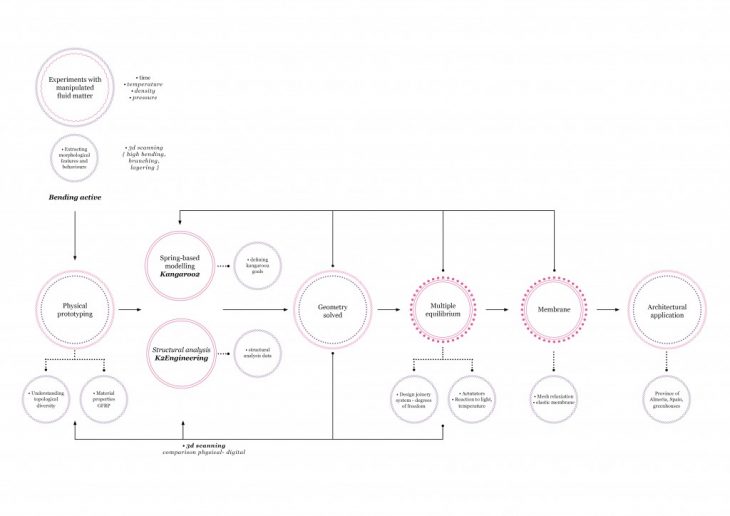
_experiments
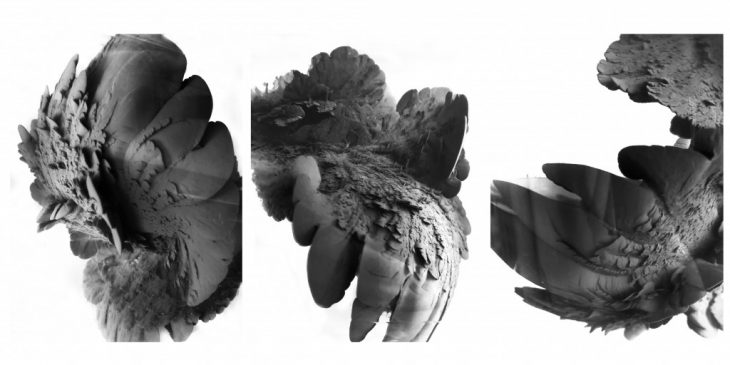
_3d scan
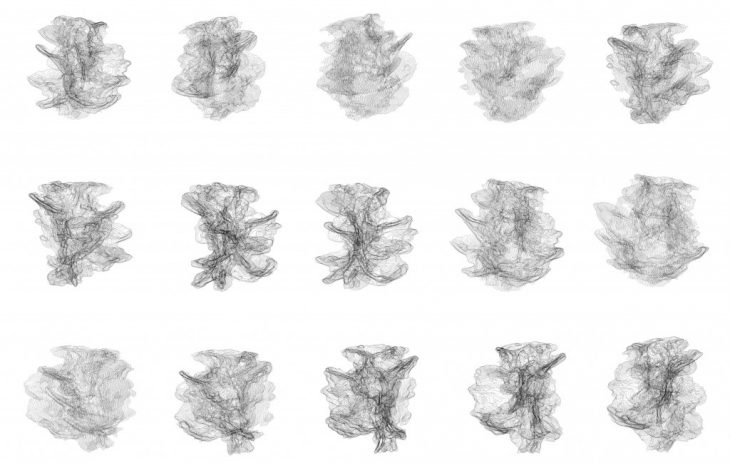
_experiments_behavior in time
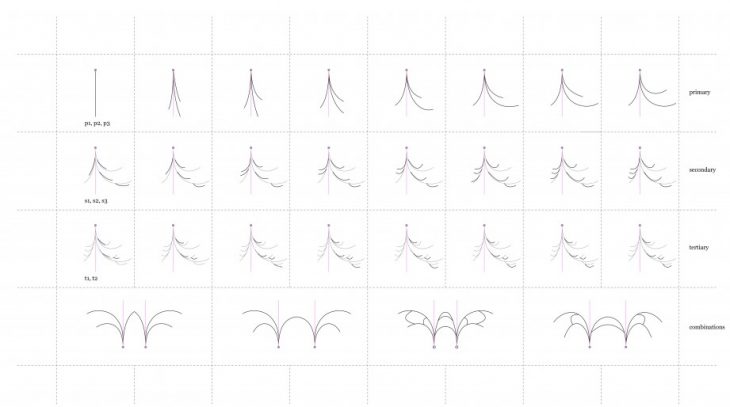
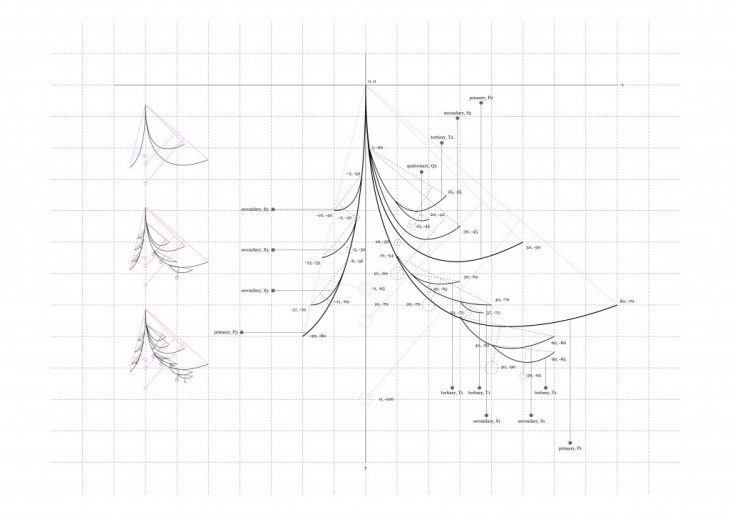
_elastica curve
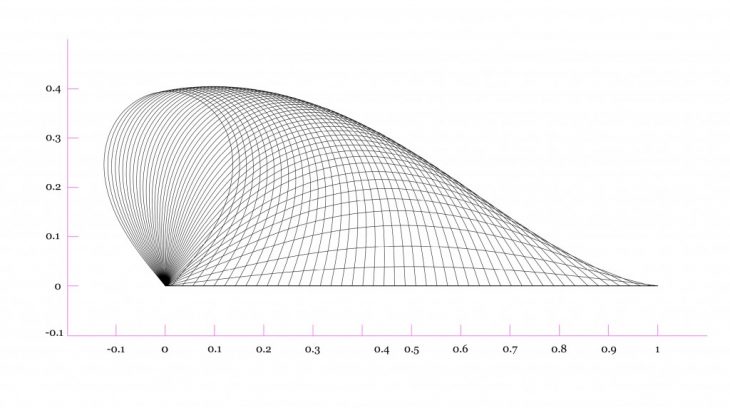
_initial physical prototyping
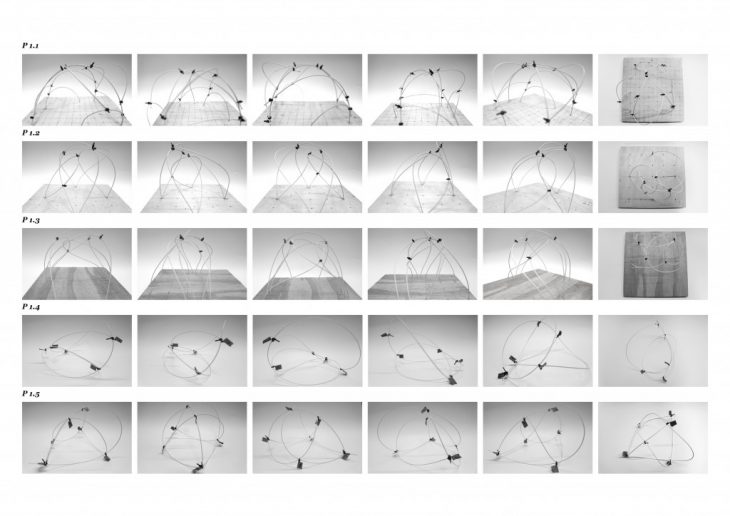
_multiple states of equilibrium prototypes
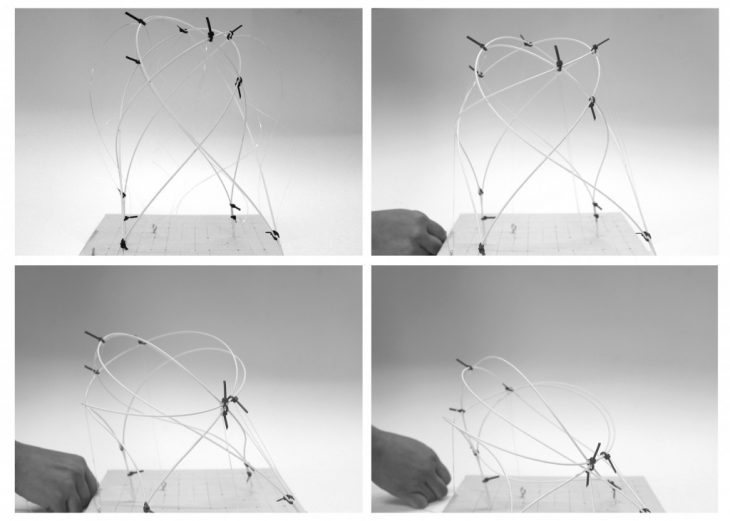
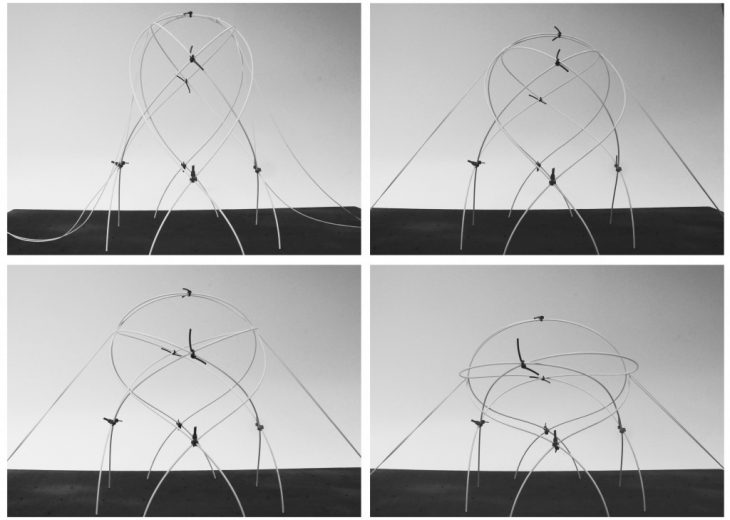
_spring based modelling_bending catalogue
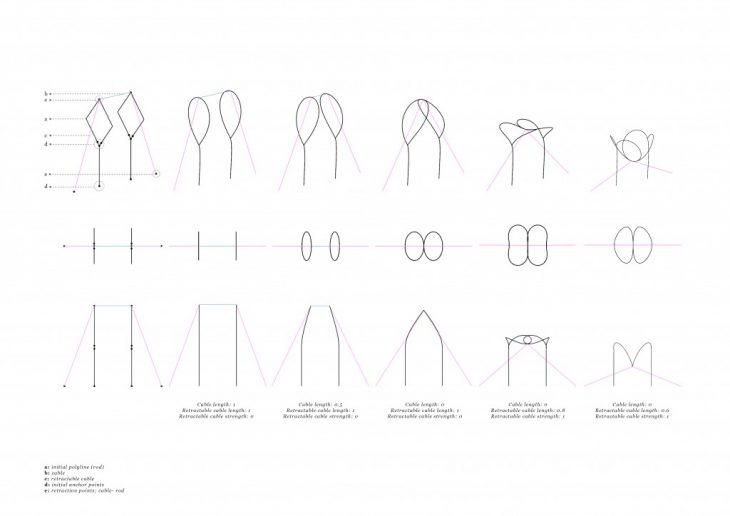

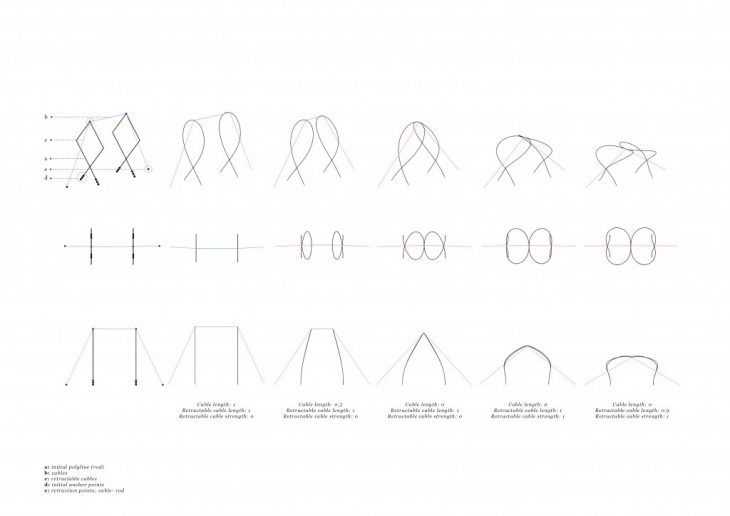
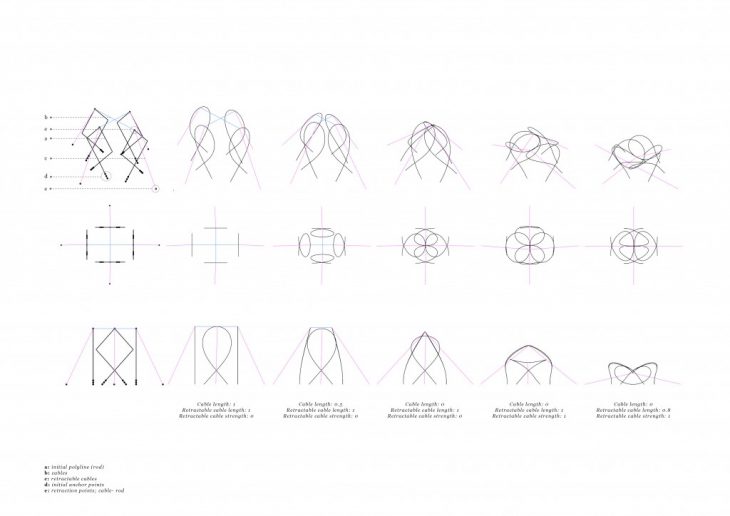
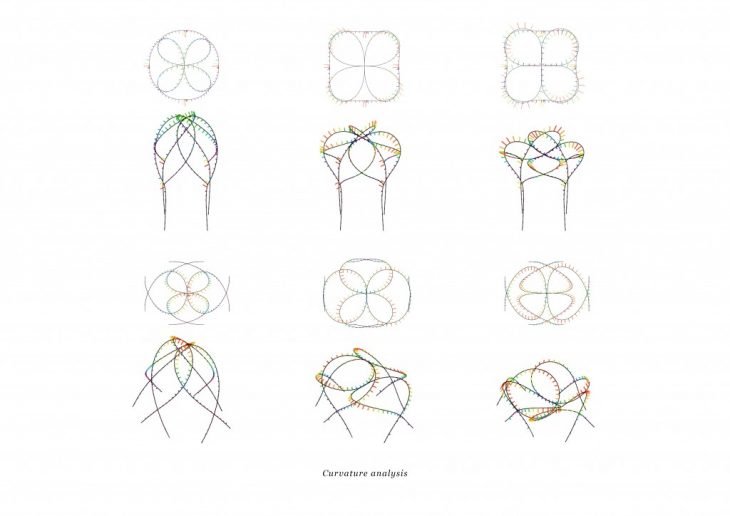
_application_site
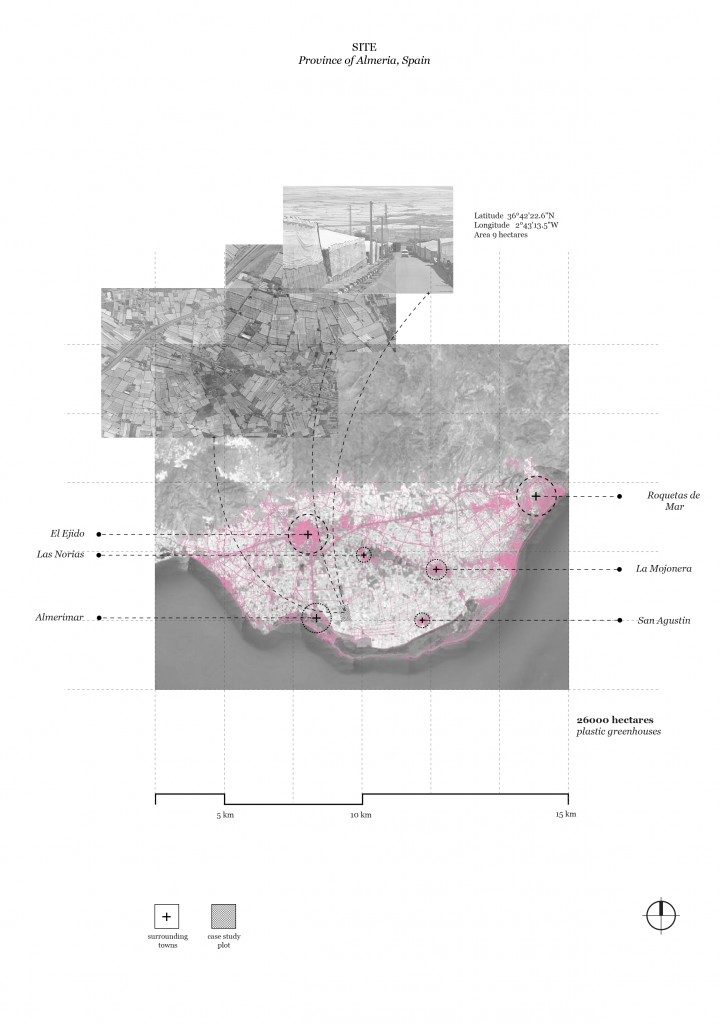
_current greenhouse conditions

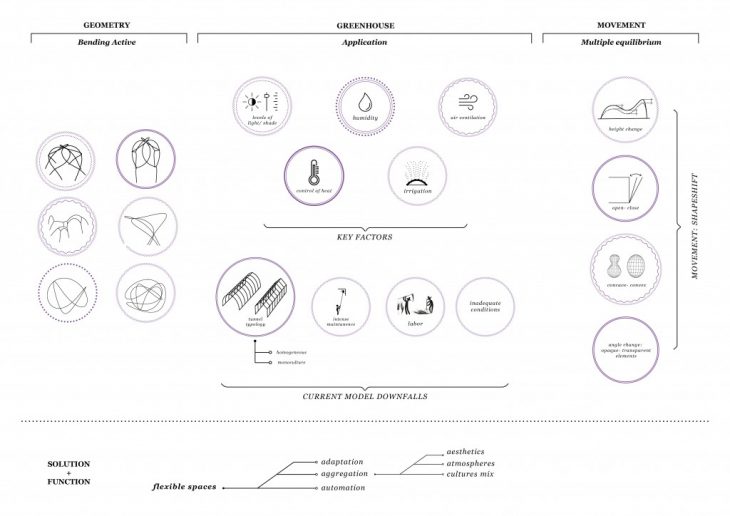
_3 scales of research
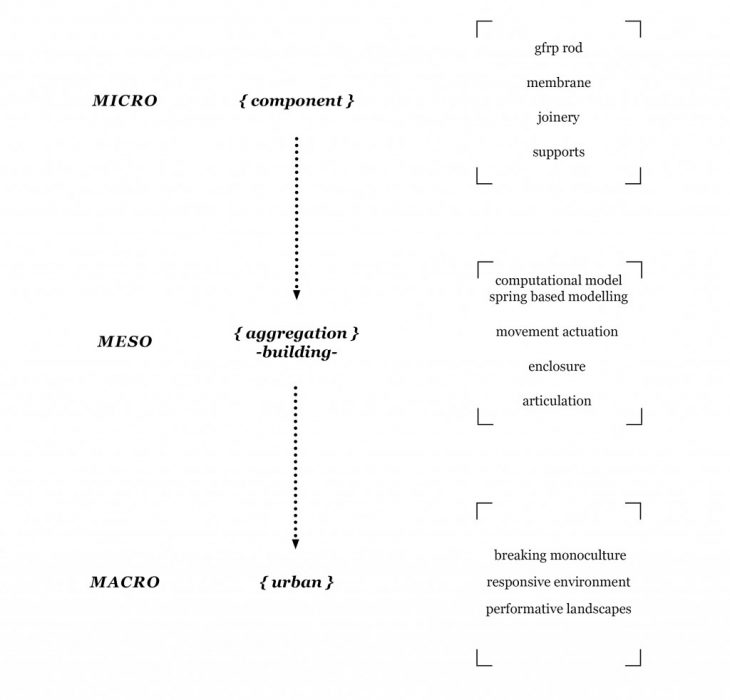
_component aggregations and arrangments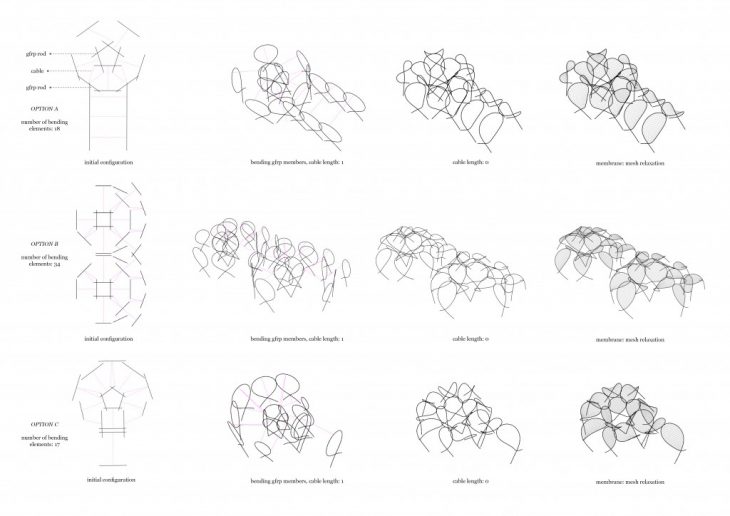
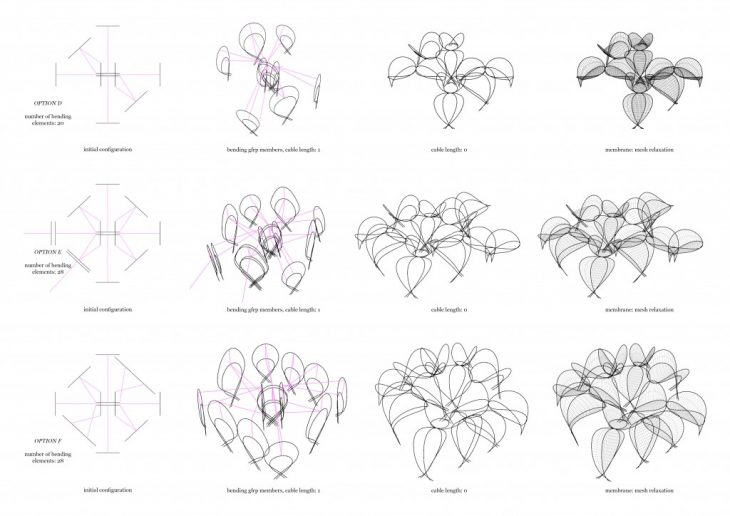
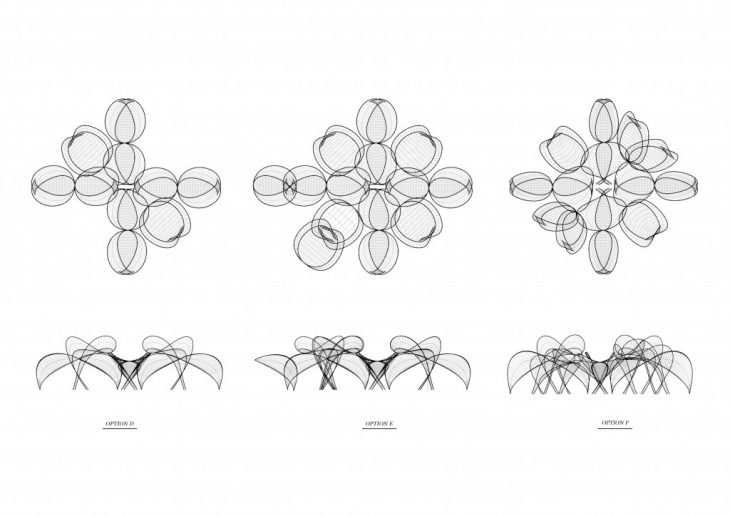
_solving and structural analysis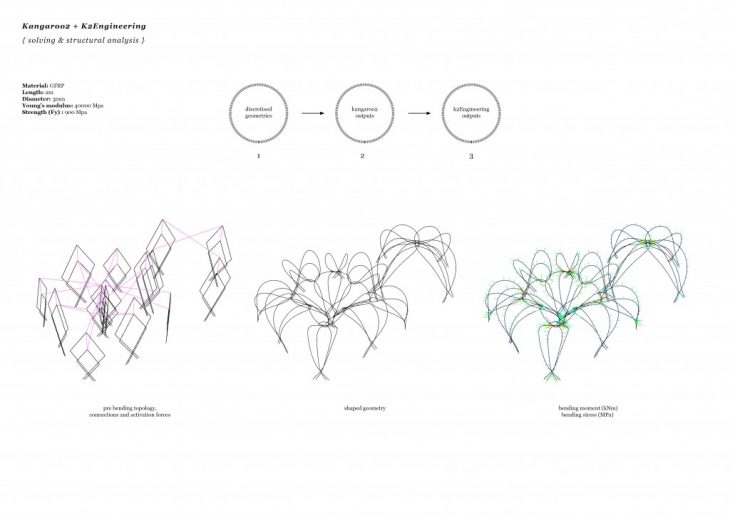
_fabrication data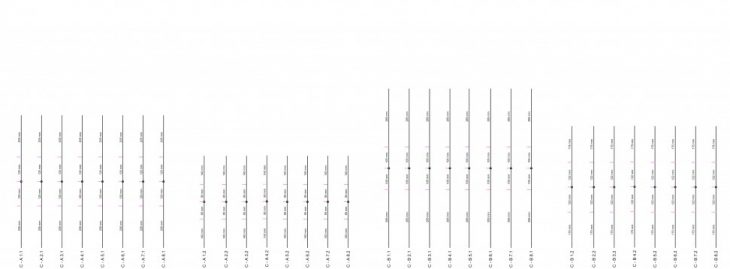
_physical prototyping
_steel supports
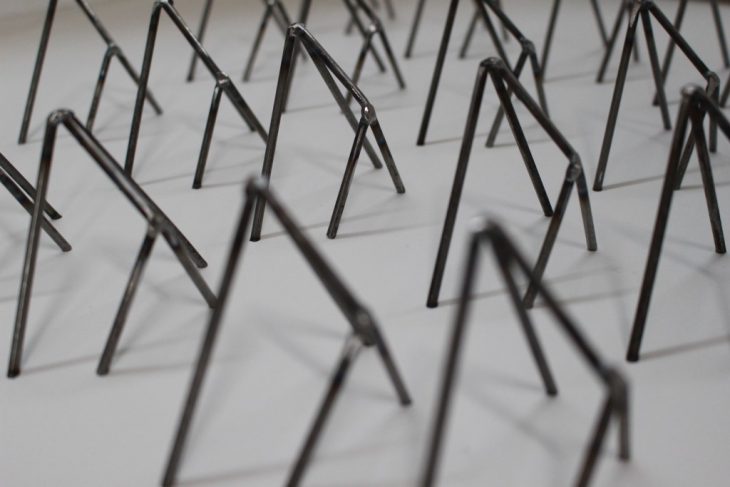
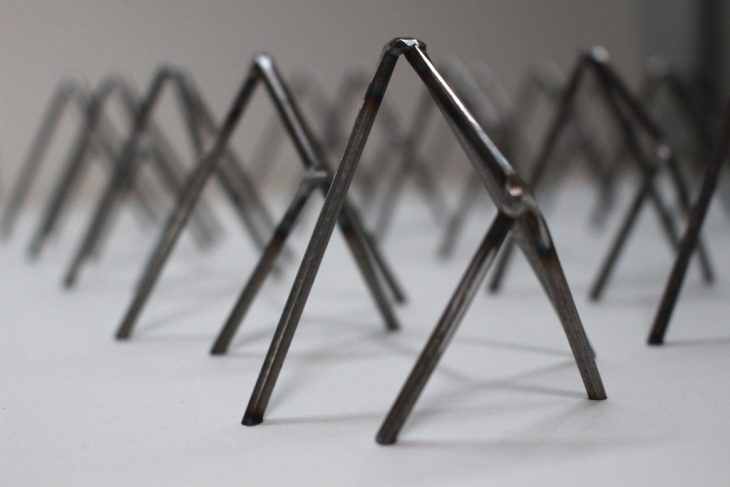
_membrane and pockets
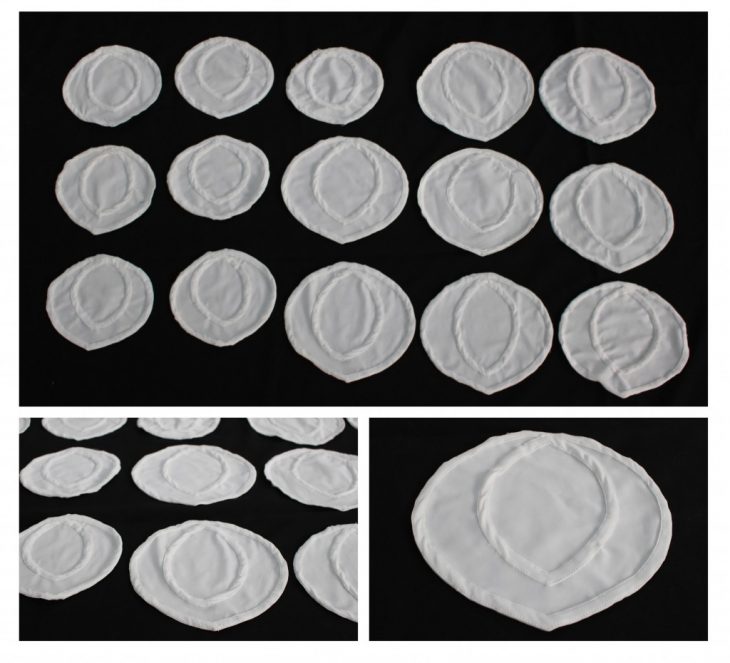
_final prototype
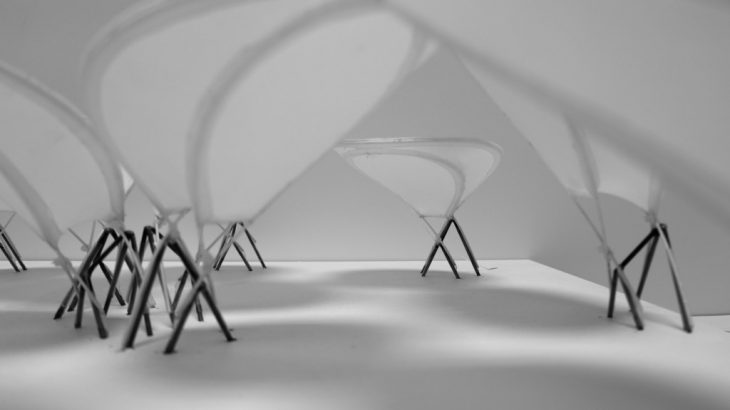
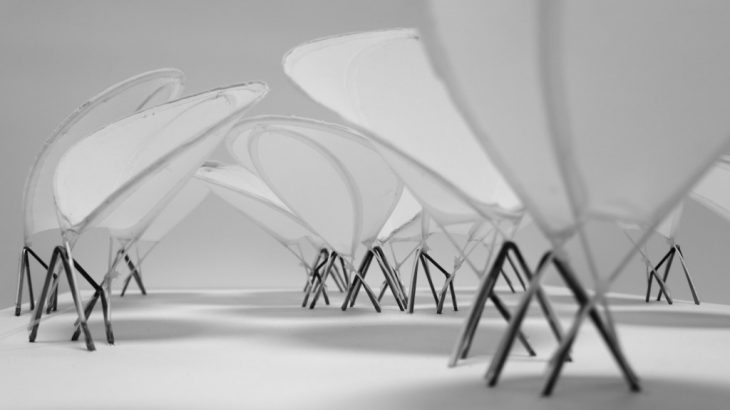
_shapeshift
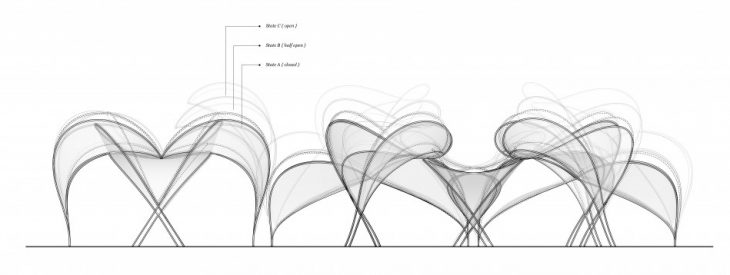
_sections
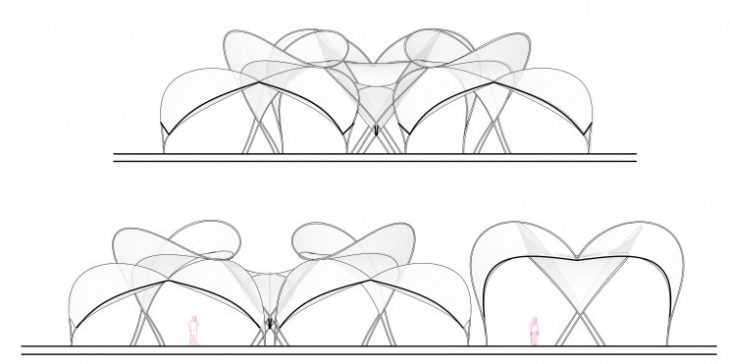
_field aggregation
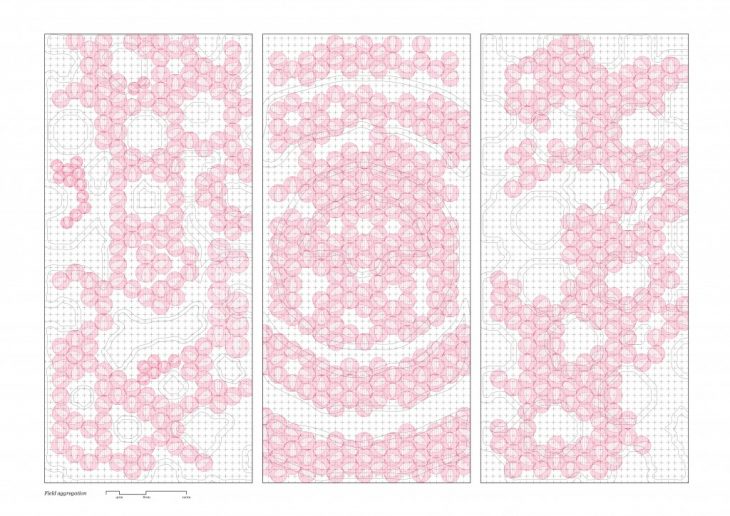
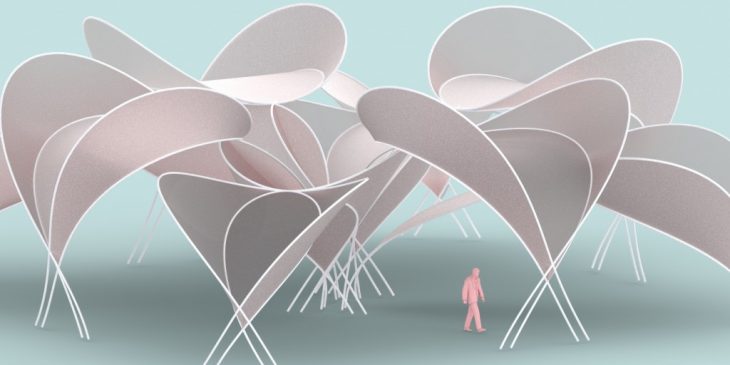
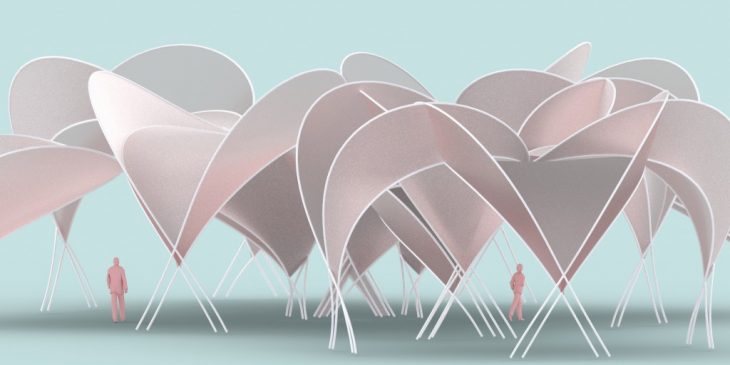
MAA02 Climatic Matter Research Studio
2017/ 2018
Student: Zrinka Radic
Thesis advisors: Jordi Pages, Lluís Viu Rebés
Technical and computational support: David Andres Leon